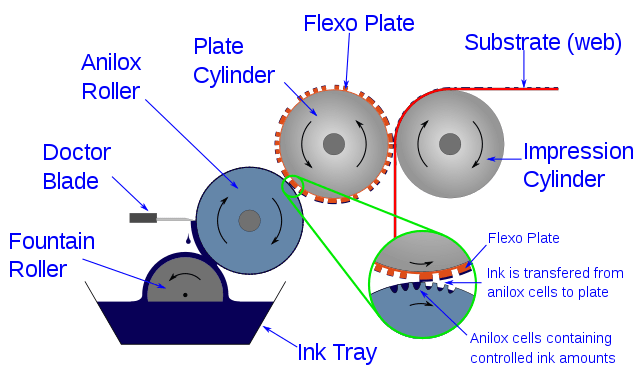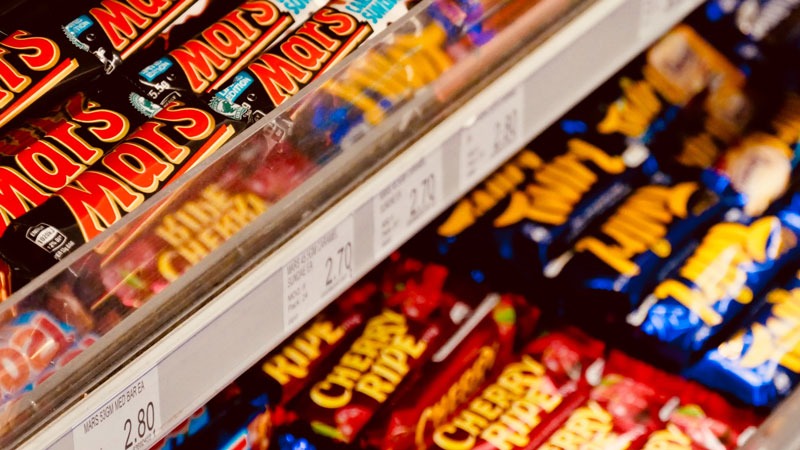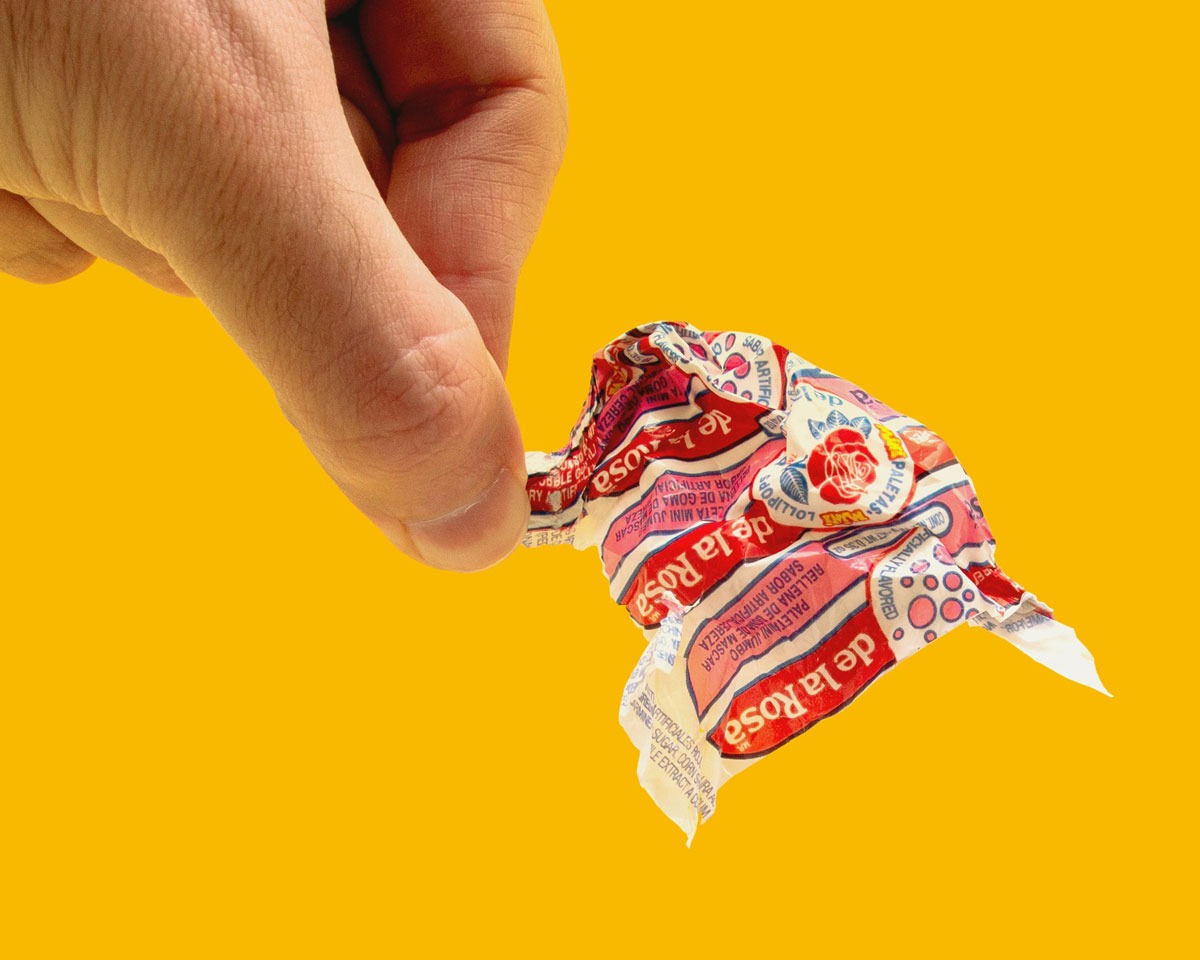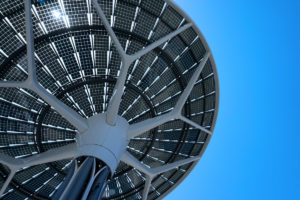Flexo stands for flexography or flexographic printing. While offset printing is at the crux of our service offering, we’ve been working with print media for 50 years. And flexography opens up all kinds of branding applications for us as a design agency. So it’s definitely something we’re familiar with.
Flexography is not a new process. It was invented in the 19th century (around 1890) and has been used to print newspapers and other publications since the early 20th century. However, it wasn’t until the 1950s that flexography began to be used for printing labels and other packaging materials.
It has evolved continuously since then and is now one of the most popular printing processes for labels, packaging, and other flexibly printed materials.
And it’s no wonder why flexo is so popular – it’s capable of producing high-quality printing reliably at high speeds. It’s relatively simple, versatile, and suitable for printing on a wide variety of substrates.
What does a flexographic printer do?
In very simple terms, you can think of the flexographic printing process as a cylindrical rubber stamp, albeit an automated one. A flexographic printer is a type of web press (meaning reel-fed), consisting of these main components:
- an impression cylinder
- a flexible printing plate
- an anilox roller
- a fountain cylinder and attached ink tray

How flexo printing works step by step:
The flexography process begins with the creation of a flexo printing plate. Previously made from rubber, flexo plates are typically made from flexible photopolymer, which is a light-sensitive material that hardens when exposed to ultraviolet (UV) light. Today, modern ‘Computer-to-Plate’ technology (CTP) is used, which means that the image can be created directly from a digital file.
The flexo printing plate is mounted on the press. It sits between the anilox roller on one side and the impression cylinder on another.
As the press runs, all cylinders counter-rotate. A fountain cylinder spins in an ink tray and coats the spinning anilox cylinder with a thin coating of ink.
Primed with its coating of ink, the spinning anilox cylinder then primes the attached flexo plate with a thin coating of ink.
The substrate (material being printed on) is fed through the press, where the impression cylinder presses it firmly against the flexo printing plate. This transfers the image to the substrate continuously and is repeated for each colour ink separately, in series.
The flexo print process is continuous, meaning that the substrate is reel-fed into the machine, and prints are produced continuously at high-speed.
What inks are used in flexographic printing?
There are four common varieties of flexographic inks: water-based, solvent-based, ultraviolet (UV) and electron beam (EB), and oil-based. Each type of ink has its own benefits and drawbacks, so it is important to use the right type of ink for your particular application. A deep-dive into flexographic inks can be found here.
Water-based inks are the most commonly used type of flexographic ink. They are composed mainly of water and pigment, with assorted additives like defoamers and agents to aid in drying and adhesion. They are most often used for corrugated packaging.
Solvent-based inks are another popular option for flexographic printing. They provide good colour saturation and can adhere to a variety of substrates. Solvent-based inks have a lower surface-tension and are commonly used to print plastic carrier bags, cellophane, and plastic films.
UV curable inks are cured using ultraviolet light, rather than being dried by evaporation like water-based inks. This process makes UV inks much more resistant to smudging and scratching, making them ideal for applications where high print quality is required.
Oil-based inks are the least common type of flexographic ink. They provide good color saturation and can adhere to a variety of substrates. They can be used to print publications.
What can flexography print on?
Flexographic printing is a versatile printing method that can be used for a wide range of applications. It is unique because of the variety of materials it can print on, including paper, cardboard, metallic foils, and plastic films like cellophane.
Why is flexography used?
Flexo printing is a high-speed, high-volume printing process that is capable of printing large quantities of flexibly printed materials very quickly and efficiently.
Advantages
Flexo printing is a very versatile printing process. It can print on a wide variety of substrates, including paper, cardboard, plastic film, and metallic foil (importantly non-porous substrates)
Capable of high-speed, high-volume printing. Flexographic printing presses can print at speeds of up to 2000ft per minute.
Flexography produces sharp details and bright colours
Flexo printers can be configured to carry out numerous processes in one pass. Besides printing, additional stations can varnish, laminate, die-cut, hot foil, perforate, sheet, or coat. This saves time and labour, lowering costs
Flexographic presses are relatively low-cost, simple, and easy to run, maintain, and operate. Training operators is simpler than for other types of presses
Disadvantages
Flexo printing plates are expensive to produce, making frequent plate changes impractical (plates can last for millions of impressions when properly cared for)
Flexo printing can be limited by the amount of ink that can be transferred to the substrate
Anilox rollers can become clogged with ink, which can cause smudging or streaking
The quality of flexo printing can vary depending on the skill of the operator and the condition of the flexographic press
Flexo printing is not well suited for very small print runs or for printing on porous substrates such as cloth or tissue paper
Why is flexography used for packaging?
Picture the shelves of your local supermarket or convenience store. Pick up any product wrapped in printed cellophane packaging and you’re most likely looking at flexographic printing. In fact, the carrier bags are no different. Flexo is the printing process of choice when it comes to high-speed, high-volume printing on thin, flexible materials.
Flexography is used for packaging because it offers a number of advantages over other printing methods. It is capable of high-speed, high-volume printing, relatively cheaply. And can be configured to carry out numerous processes at once.
Flexography is used for food packaging in particular because it can be used to print non-porous materials like foil, cellophane, and plastic. This makes flexo an ideal printing method for packaging that needs to be moisture-resistant or airtight.

Put flexographic printing to work for your brand
We work with 2 preferred flexo printers in Dubai, both are presses inspected and vetted in-person by our team. Flexography gives us the versatility to design and print incredible packaging. It’s unique because of the variety of materials it can print on, including cardboard, plastic films, and metallic foil. And it’s one more way to supercharge your brand’s presence.


